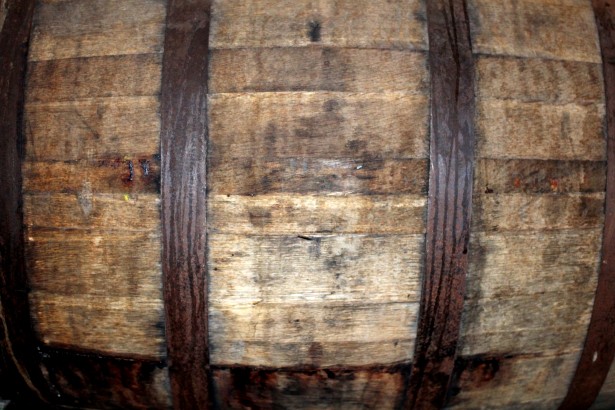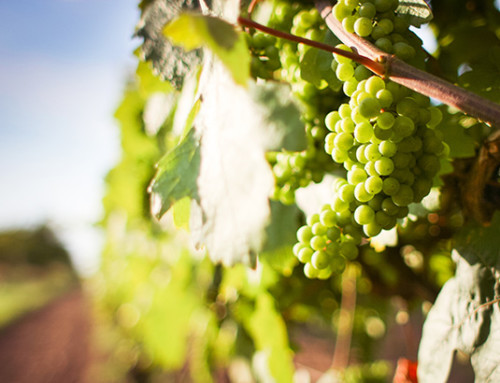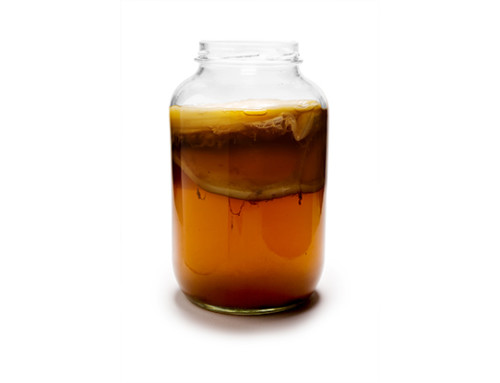Sour ales have become an increasingly popular trend in homebrewing and craft beers recently. When we found out the taste is achieved by using certain wild yeasts and bacteria, our ears perked up. Of course yeast is an important ingredient in all homebrewing, but fermenting with certain bugs that lead to a sour taste is a whole new ball game.
The Bugs
During the fermentation process, most homebrewers use the yeast, Saccharomyces cerevisiae, however, sour ales include different species of yeasts and even some types of bacteria.
So what are these special wild yeasts and bacteria?
The most commonly used yeast to produce a sour beer is Brettanomyces. This yeast can eat more complex sugars than Saccharomyces cerevisiae, but it’s also slower. On its own, Brettanomyces will not make a beer sour. You also need acid-producing bacteria.
The most commonly used bacteria in sour ales are Lactobacillus, Pediococcus and Acetobacter. These bugs also eat sugar, but in addition, they produce lactic and acetic acids. These acids, along with other flavor compounds, give a beer the tart flavor associated with sour ales.
On a side-note, if sour bugs are producing lactic and acetic acids, what does that mean for the pH? It’s going to be lower! The beer is more acidic. Remember that when using our Beer pH test strips. Now, back to the sour bugs.
The Brettanoymes Project is a collection of lab work and fermentation trials to learn the biochemistry behind yeast fermentation. Chad Yakobson, owner and brewer of Crooked Stave Artisan Beer Project, studied the effects of bacteria souring organisms and Brettanomyces in particular.
Yakobson studied various strains of Brettanomyces to find what might work best and where to get it. The project took 18 months to complete, and the project archives feature findings that might be of interest to homebrewers considering taking a step in the direction of sour ale.
The Process

We now know that producing sour ales requires the use of certain wild yeasts and acid-producing bacteria. But how does that affect the rest of the brewing process?
Time
Brewing beer with sour bugs can take months to ferment and is typically aged for 1-3 years. The aging process allows the sour flavors to develop while reducing the harsh flavors produced by these unique bugs.
Environment
Sour bugs often thrive in wood environments, so rather than using stainless steel, sour ales are often aged in oak barrels. This allows the bugs to do their thing in a natural habitat. In addition, some of the bacteria will produce more acid in the presence of oxygen, which can permeate an oak barrel much easier than a stainless steel tank. If you’re not willing to fork over the money for oak barrels, you can also try adding oak chips to the carboy.
Disinfection
And last but not least, any time you’re dealing with bacteria, it’s important to be cautious and properly disinfect equipment. Pediococcus is particularly tenacious and can easily infect equipment or ruin other brews. Just be sure to handle these bacteria with caution, and thoroughly wipe down equipment with a disinfectant afterward.
Now carry on adventurers, and pioneer this new type of homebrew!







Leave A Comment